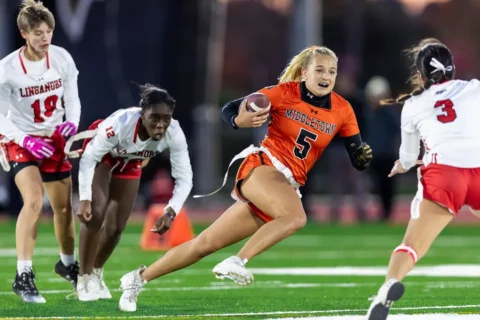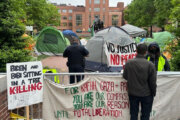Extreme weather, like the kind the D.C. region experienced over the weekend, highlights the stresses on the local power grid.
While no one likes waiting for the power to come back on, in Maryland, officials who have dealt with the impacts of weather emergencies and power outages say there has been progress in the performance of utilities, specifically concerning Pepco, which provides power to customers in Montgomery and Prince George’s counties.
Maryland State Del. C.T. Wilson, who chairs a House panel that has oversight of utilities and the Public Service Commission, told WTOP in an interview that “I do believe we’re definitely in a much better position as far as reliability issues” than in 2010, when a series of storms and so-called “blue sky” outages plagued the region.
Earl Stoddard, the Montgomery County Assistant Chief Administrative Officer, recalls being involved on the county work group under then-County Executive Ike Leggett that examined Pepco’s performance and called for hardening the utilities’ infrastructure.
Stoddard was also involved in the PSC’s rulemaking on utility reliability standards.
“We’re very pleased with the outcome” of those changes, said Stoddard. Now, he said, utilities “continue to collaborate with the county on prioritizing key facilities for restoration … it is a much better partnership than it was when I started in 2009.”
Wilson agreed with that assessment. He said the change in state rules on utility reliability standards ensured that “the lines are sound, the vegetation gets handled,” and that the PSC now “is not only on top of utility reporting and investment, but imposes fines whenever these utilities fail to meet our standards.”
But Wilson and Stoddard told WTOP that the severity and frequency of violent storms and extreme weather will continue to test the resilience of the region’s power grid.
One illustration of the challenges utilities face, said Wilson, is the push to bury more power lines.
The argument is that can reduce the outages caused by falling trees and limbs. But, said Wilson, “It sounds like that would be a great idea, but just remember, these costs are going to be borne by the rate payer.”
And when wires are buried, and there are outages, Wilson added, finding and repairing those underground lines can be a more complex — and potentially costly — process.
Wilson said utilities are working to address challenges posed by climate change, but that “as they flex and adapt, we’ll be right there with them, because that’s part of our job is oversight” to “make sure that they can respond to these increasing challenges.”








